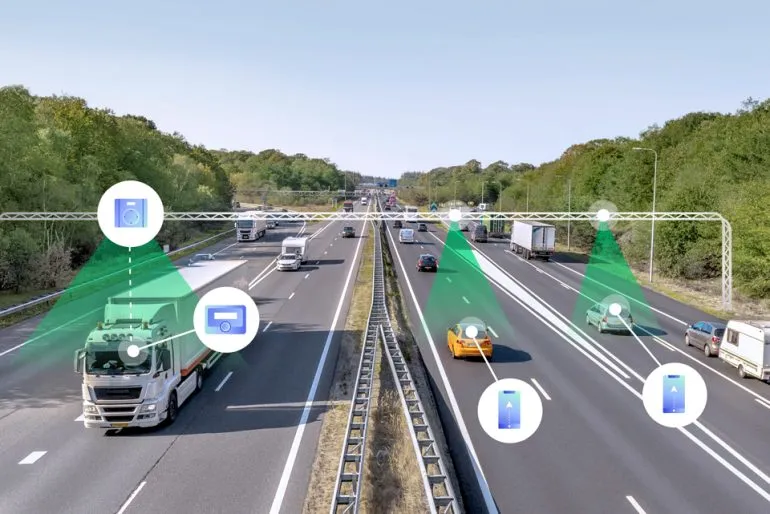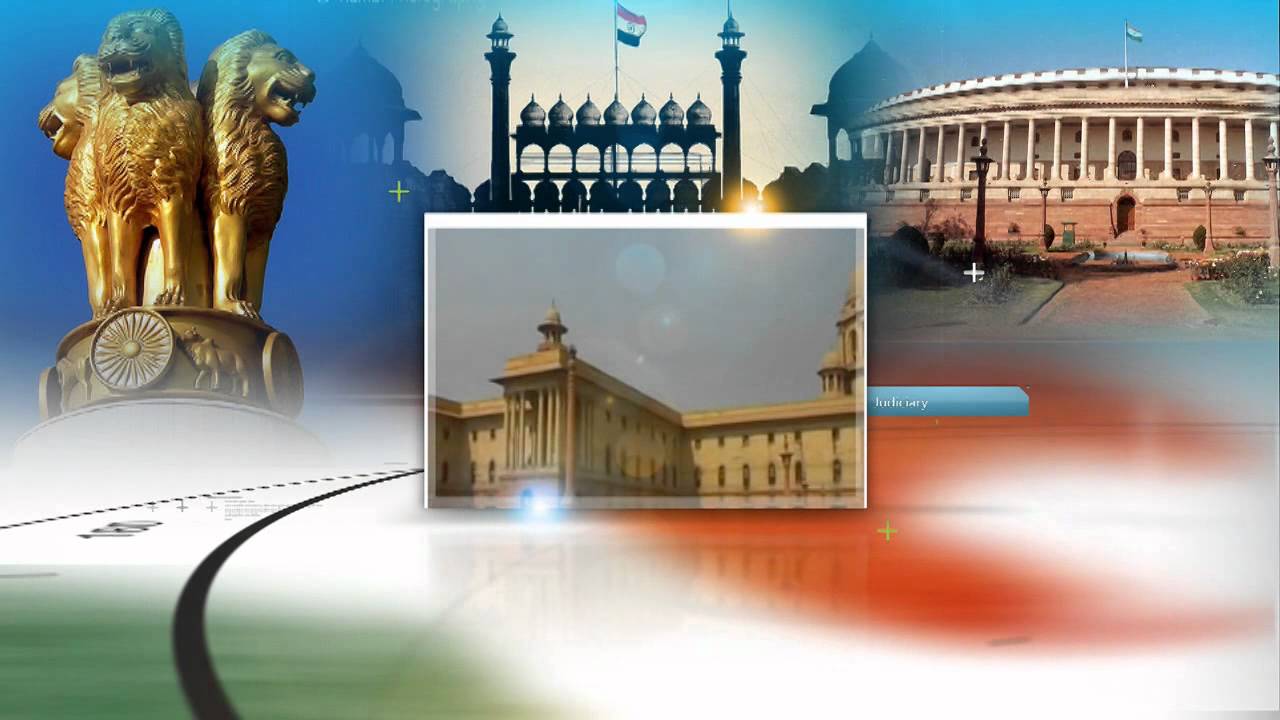Font size:
Print
Earthquake Preparedness
Context:
The devastating earthquake (7.8 magnitude) in Türkiye and Syria on February 6, 2023, which claimed over 17,000 lives, served as a stark reminder of the destructive potential of earthquakes.
More on News
- This disaster brought to light the immense and unpredictable power of seismic fault lines, often referred to casually but with little understanding of their latent danger.
- India’s vulnerability to seismic activity, particularly in the Himalayan region, earthquake preparedness has become a critical focus for the nation.
Plate Tectonics
- Definition: Plate tectonics is the scientific theory explaining the large-scale movement of Earth’s lithosphere, which consists of the crust and uppermost mantle.
- Plate Structure: The lithosphere is divided into Seven Major Plates and Eight Minor Plates that move over the mantle.
- Movement: Plates move at a rate of 0 to 100 mm annually due to convection currents in the mantle.
- Geological Impact: Plate movement causes earthquakes, volcanic activity, mountain formation, and oceanic trench formation.
- Types of Boundaries:
- Convergent – Plates collide.
- Divergent – Plates move apart.
- Transform – Plates slide past each other.
India’s Seismic Risk
- The Indian Plate is constantly pressing against the Eurasian Plate, an ongoing geological process that created the Himalayas.
- This region, stretching from Kashmir to the Northeast, is a high-risk seismic zone. Areas at risk include parts of Pakistan, Tibet, Nepal, and Bhutan.
- Despite the region’s beauty, it harbours potential destruction, including landslides and river course changes. Experts warn of increasing tectonic pressure, making an earthquake imminent.
Recent Warnings and Earthquake Activity
- On January 7, 2025, a 7.1 magnitude earthquake struck Shigatse, Tibet, killing over 126 people and injuring 338. The tremors were felt in Nepal and Northern India, disregarding national borders.
- Following this, on February 17, 2025, two separate earthquakes shook: Delhi, and Siwan, Bihar (within four hours of the Delhi tremor).
- These are not isolated events but warnings of a bigger seismic event looming over the region.
The Urgent Need for Action
- India is now at a crucial juncture where proactive preparation is possible before a devastating earthquake strikes. This requires immediate government intervention in the following areas.
- Stopping Construction That Weakens the Terrain: Roll back engineering projects that weaken India’s seismic zones (especially in Zones II, III, and IV). Conduct seismic impact assessments before approving dams, tunnels, and power plants.
- Updating Seismic Zonation Maps & Structural Safety Plans: Develop high-risk building maps to identify vulnerable structures. Assess hydropower projects and nuclear facilities (e.g., Narora Nuclear Plant in Uttar Pradesh, located in Zone IV).
- Introducing Seismic Building Insurance: Launch an earthquake insurance scheme to protect citizens from financial devastation in case of a disaster. Encourage homeowners and businesses to opt for quake-resistant construction through subsidies and incentives.
- Developing Disaster Preparedness Plans: Estimate the cost of post-earthquake rescue and rehabilitation. Plan temporary shelters and emergency aid for dislocated populations.
- Advancing Earthquake Research & International Collaboration: Fast-track collaboration with Japan, the U.S., and other earthquake-prone nations to develop early warning systems and resilient infrastructure. Invest in sensor-based earthquake anticipation technology.


